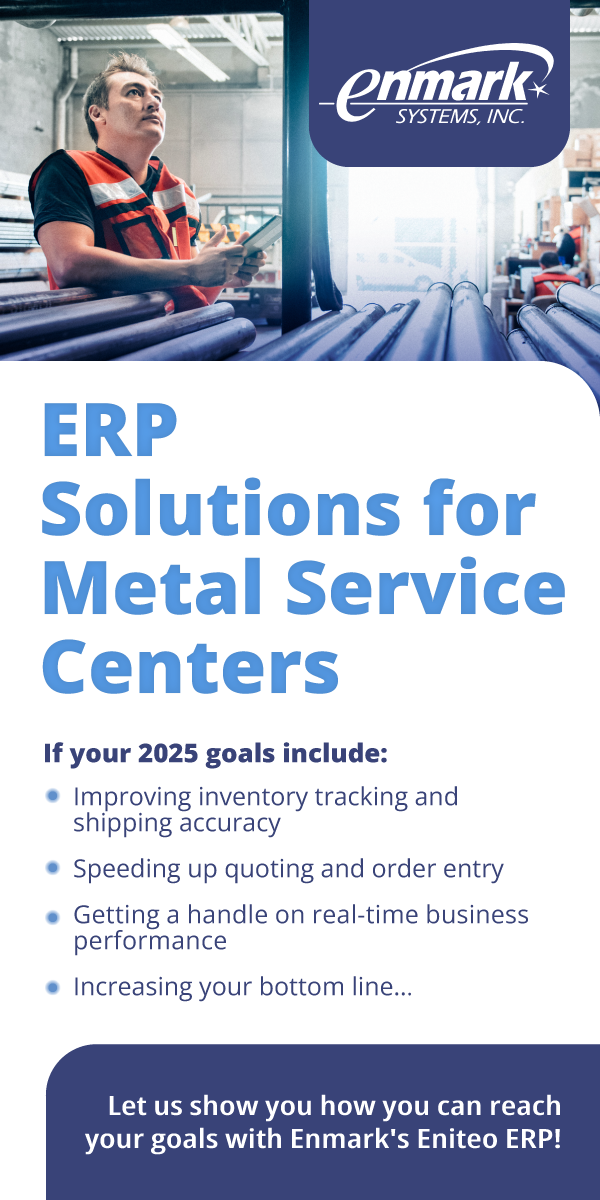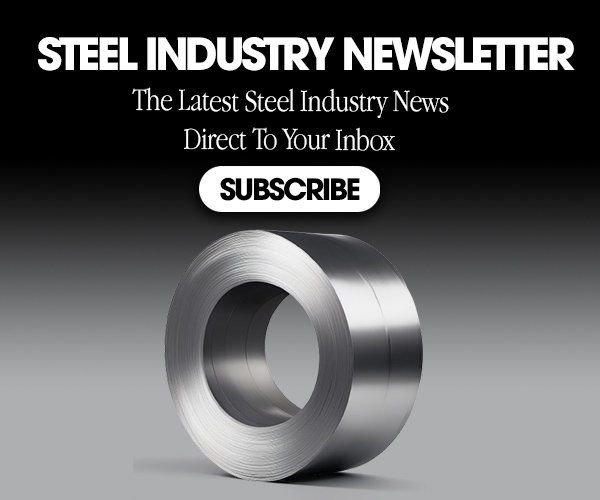After facing rejection from the Biden administration, Nippon Steel is now navigating a revised strategy under President Donald Trump’s leadership, pivoting from an outright purchase to a capital investment framework. This shift underscores the complexities of foreign ownership in critical U.S. industries and highlights the evolving dynamics of U.S.-Japan economic relations.
The Historical Significance of U.S. Steel and Its Modern Challenges
Founded in 1901 by industrial titans Andrew Carnegie, J.P. Morgan, and Charles Schwab, U.S. Steel once symbolized American industrial dominance 26. However, decades of global competition, aging infrastructure, and fluctuating demand have eroded its market position. By 2023, the company’s stock had plummeted by over 20%, prompting its board to seek partnerships to modernize operations7.
Nippon Steel’s December 2023 bid aimed to address these challenges by injecting $14.9 billion into U.S. Steel’s facilities, particularly in Pennsylvania and Indiana 23. The Japanese firm pledged to retain U.S. Steel’s Pittsburgh headquarters and uphold union agreements, arguing that the merger would strengthen America’s ability to counter China’s steel dominance 24. Despite these assurances, the deal faced immediate bipartisan backlash, with then-President Joe Biden vowing to block it to protect “a proud American company”26.
Political Firestorm: Biden’s Blockade and Trump’s Counterproposal
The Biden administration’s January 2025 decision to block the merger marked a rare alignment with the United Steelworkers union, which feared job losses and foreign control 24. The Committee on Foreign Investment in the United States (CFIUS) deadlocked on whether the deal posed national security risks, leaving Biden to unilaterally reject it 46. Nippon Steel and U.S. Steel responded with a lawsuit alleging constitutional violations, but the legal battle became moot when Trump returned to office 36.
Trump, who had campaigned against the acquisition, shifted tactics in February 2025. During a joint press conference with Japanese Prime Minister Shigeru Ishiba, he announced that Nippon Steel would abandon its takeover bid and instead pursue a “heavy investment” in U.S. Steel246. While Trump mistakenly referred to the company as “Nissan,” the broader message resonated: foreign capital could flow into U.S. Steel without transferring ownership46.
Trump’s “Investment Over Acquisition” Framework
The Trump administration’s revised approach centers on three pillars:
- Strategic Capital Infusion: Nippon Steel has committed to modernizing U.S. Steel’s facilities through direct investments, though exact figures remain undisclosed 26.
- Technology Transfers: Prime Minister Ishiba emphasized that Japanese steelmaking innovations would enhance U.S. production efficiency.
- Regulatory Mediation: Trump positioned himself as an arbiter, pledging to “mediate and arbitrate” terms between Nippon Steel and U.S. regulators24.
Critically, Nippon Steel President Tadashi Imai clarified that the original merger agreement remains the “starting point” for negotiations with the U.S. Commerce Department 157. This suggests ongoing efforts to secure equity stakes, which Imai argues are essential for justifying large-scale capital expenditures5.
Geopolitical Implications and the Pennsylvania Factor
Pennsylvania, a swing state pivotal to Trump’s 2024 victory, has been central to this debate. U.S. Steel employs over 3,000 workers in the state, and politicians from both parties have leveraged the merger to court blue-collar voters26. State Senator Kim Ward (R-PA) praised Trump’s investment plan as a “positive development,” signaling Republican alignment with the revised strategy2.
Meanwhile, Japan views the impasse as a test of its economic partnership with the U.S. Trade Minister Yoji Muto is reportedly planning a March 2025 visit to Washington to advocate for the deal, underscoring its diplomatic significance7.
Legal and Regulatory Hurdles Ahead
Despite Trump’s endorsement, Nippon Steel faces lingering obstacles:
- CFIUS Review: The committee’s earlier stalemate leaves ambiguity over national security concerns, which the Commerce Department must resolve47.
- Union Opposition: The United Steelworkers remain skeptical of foreign involvement, demanding enforceable job guarantees26.
- Market Uncertainty: U.S. Steel’s stock (X) has underperformed amid the turmoil, with analysts offering mixed forecasts about its recovery 7.
If negotiations fail, Cleveland Cliffs (CLF) has emerged as a potential domestic suitor, though its $7.3 billion bid pales compared to Nippon’s offer 7.
The Path Forward: Investment or Acquisition?
Nippon Steel’s willingness to adapt its strategy reflects the high stakes of securing a foothold in the U.S. market. President Imai’s insistence that “capital investment and equity commitment are interconnected” hints at a long-term vision to gradually increase ownership stakes 5. For the Trump administration, the challenge lies in balancing economic nationalism with the need for foreign capital to revitalize critical industries.
If you enjoyed this article check out some of our other recent articles on the subject:
- Women of Steel: The Evolution of Women Leadership in The Steel Industry
- Nucor Raises Prices: How Steel Tariffs Are Shaping the Market
- Nucor Cyberattack 2025 Update: Data Breach Confirmed in Latest SEC Filing
- Nippon Steel Acquires U.S. Steel
- Cleveland Cliffs Raises Prices as 50% Tariffs Reshape Steel Market Dynamics
Be sure to subscribe to the Steel Industry Email Newsletter for the latest steel news dire









